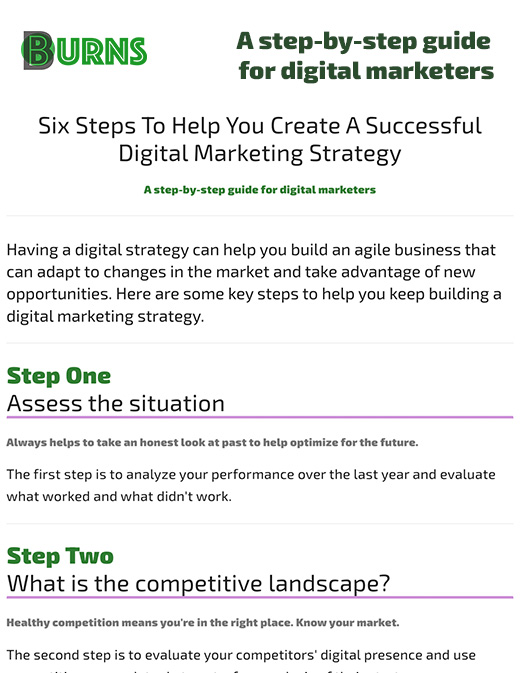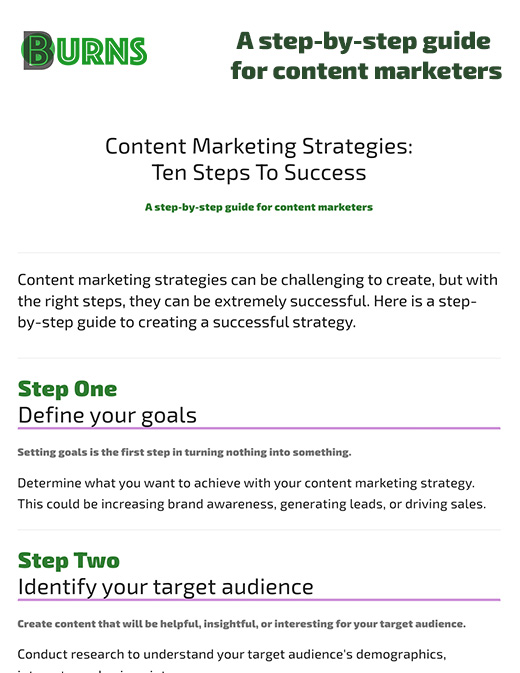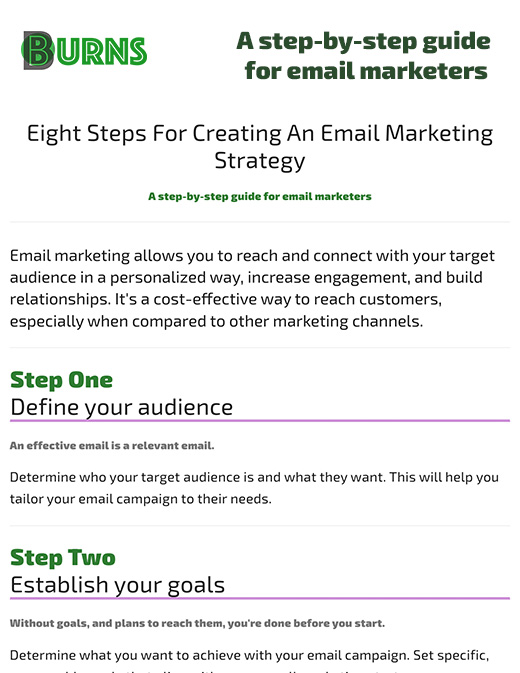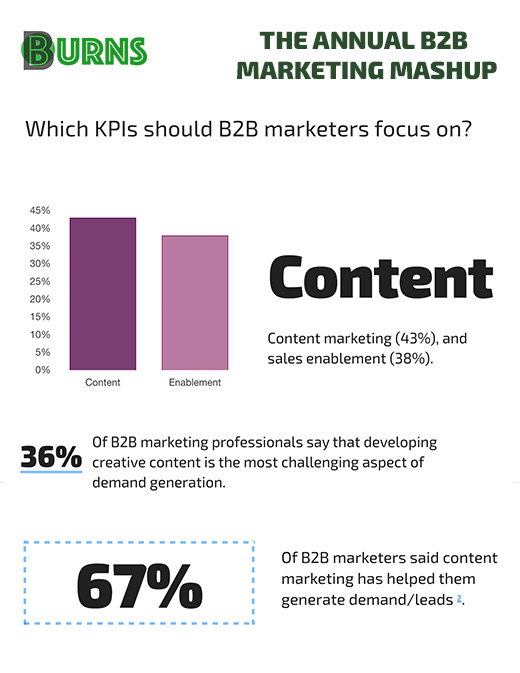SEO intent funnel: A powerful alignment of content and intent
Josh BurnsDate: January 21, 2024 | Time: 5 min to read
Content and keywords optimized for the intent funnel drive superior conversion rates, promote long-term customer loyalty, and establish our brands as industry leaders.
We sometimes find ourselves incessantly pondering our work, even when we're not at work. I was enjoying a cup of coffee yesterday and looking at the cup as my imagination split it up into an intent funnel. Imagine the delightful experience of sipping a perfectly brewed cup of coffee, and how it can be compared to the process of guiding users through a specific journey. When done exceptionally well, we can consume everything along the way, leaving us fully satisfied and knowing exactly where to come back to get more.
We can look at the handle of the coffee cup and imagine it is our product-led growth engine. By offering a free or low-cost entry point, simplifying the onboarding process, and leveraging network effects and referral programs, product-led growth accelerates people in the funnel.
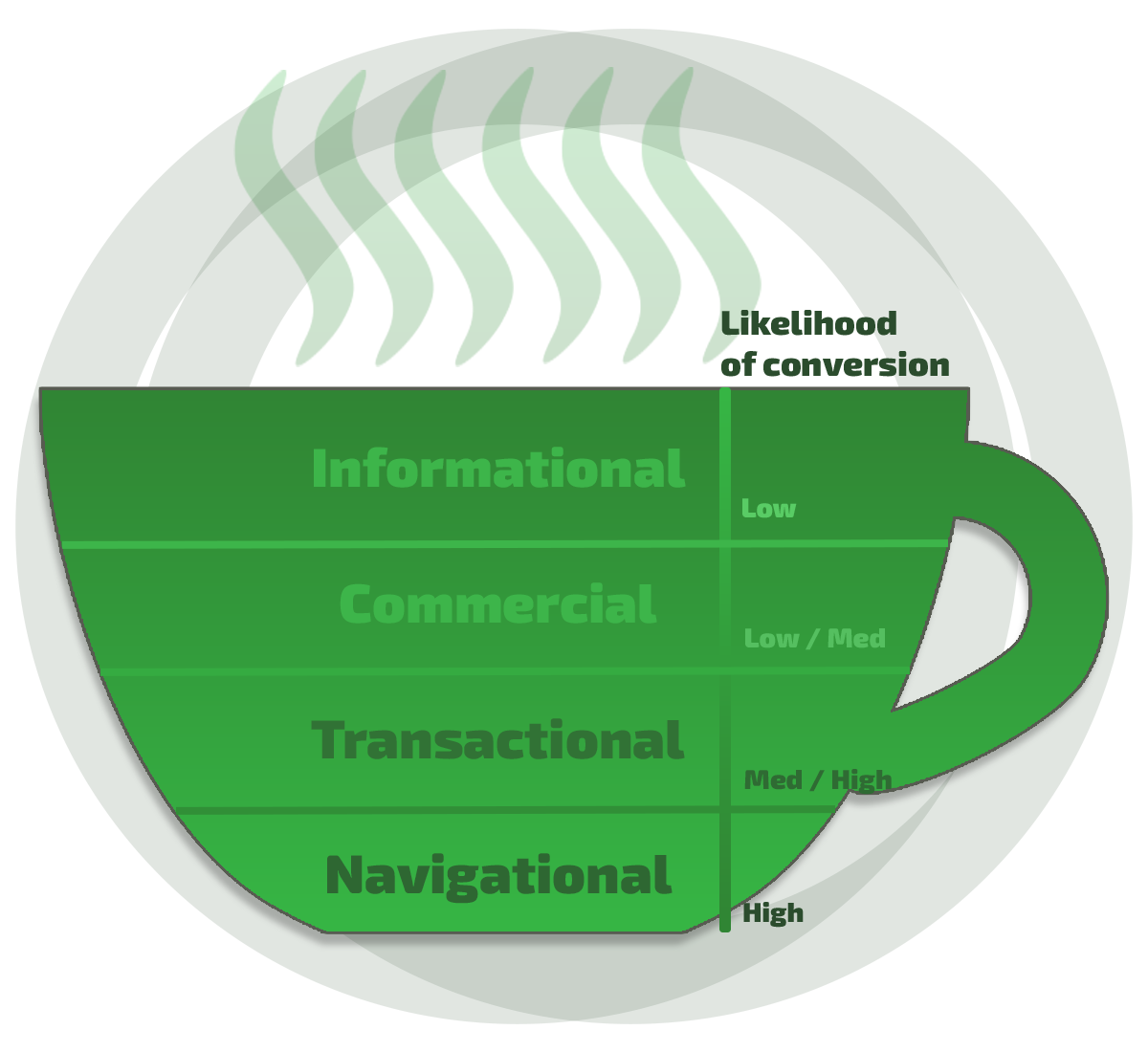 Search engine optimization is a full time job and with the rise of AI chatbots and other new sources of information, the volume has been turned up on optimizing for search. Let's dive into this and explore what an SEO intent funnel is, add some tips on how to build one, along with what we can expect from it.
Search engine optimization is a full time job and with the rise of AI chatbots and other new sources of information, the volume has been turned up on optimizing for search. Let's dive into this and explore what an SEO intent funnel is, add some tips on how to build one, along with what we can expect from it.
What is an SEO intent funnel?
An SEO intent funnel aligns optimization efforts with the user's search intent at each stage of our marketing funnel, delivering the right content to the right audience when they're looking for it. When we think of the marketing funnel it is traditionally three levels: awareness, consideration, and decision-making. When we look at an SEO intent funnel we can break this into more levels. Typically going with four, or five (if we add local optimization). Here are the stages in our search intent funnel:
Informational
In this stage we assume less likely to convert because we can never know why someone might want to understand. This is awareness and learning (e.g. what is an intent funnel?).
Commercial
Searchers are doing comparative research and looking for specific requirements. As a result, education is still the top priority here (e.g. what is the best security service?). Being a voice of authority with a strong SERP presence creates trust and brand affinity with the searcher.
Transactional
Here we have the stage most likely to convert and generally includes terms that revolve around price, brand, and location (e.g. buy a Harley Davidson)
Navigational
Searches are meant to locate a specific brand and action — within transactional intent because they have high buyer intent, show brand recognition, and can also indicate returning customers (e.g. Google log in page).
What is the difference between SEO intent funnel and SEO practices in general?
SEO practices aim to improve a website's overall visibility and ranking on search engines by optimizing various elements such as keywords, content, and technical aspects. A marketing funnel approach to SEO, on the other hand, focuses on creating content that meets the needs and goals of the user at various stages of the marketing funnel based on their search query intent.
Creating an intent funnel around a niche-driven strategy
To keep things broad let's focus on developing a niche-driven strategy that centers on serving a specific, well-defined market segment within the B2B space. By specializing and tailoring our offerings to address the unique needs of a particular niche, we can differentiate our brand and become a go-to solution provider for that segment.
Align our content with the specific needs and intentions of our buyers
Focus on intent to better align our content with the specific needs and intentions of our buyers. Understanding the different stages of the buyer's journey and tailoring our content to fit the specific intent behind the keywords they use during the research and decision-making process.
Identify commercial intent keywords relevant to our niche
Start by identifying commercial intent relevant keywords. These are the keywords used by prospects and customers who are close to making a purchase. Use your choice of available tools to discover these keywords within our specific niche.
Gain an understanding of buyer intent keywords tailored to our niche
These are the search terms people use when considering making a purchase. By targeting these keywords, you can drive more qualified and higher quality traffic to our site, increasing the likelihood of conversions.
Create compelling content and landing pages tailored to "bottom of funnel" keywords
These are the specific keywords that match the intent of potential customers who are ready to make a purchase. Tailoring our content to address the specific needs and pain points of these users can increase engagement and drive more sales.
Tap into the intent of users already in the purchasing or decision-making stage
Focus on bottom-of-funnel keywords in our SEO strategy to tap into the intent of users already in the purchasing or decision-making stage. By doing so, you can maximize our visibility and attract highly targeted prospects ready to take action, ultimately leading to increased sales and business growth.
Use keyword research tools
Use resources like Google Trends, Google Search Console, or Kombinator to build a list of lower funnel keywords that you want to target within our niche. These niche keywords can bring you cheaper clicks and tend to bring warmer prospects, ultimately contributing to a more effective SEO strategy.
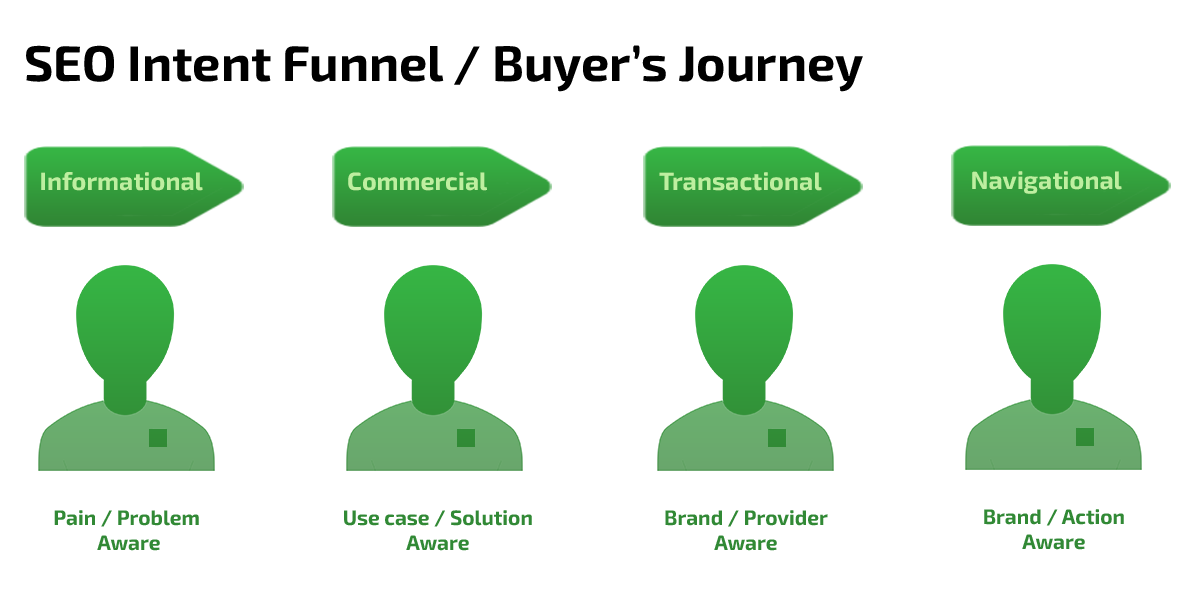
When we implement an intent funnel for SEO, we can better align our content with the specific needs and intentions of B2B buyers within our target niche, ultimately increasing qualified traffic and conversions.
Concluding thoughts for the day
Understanding user intent and developing content that speaks to our audience at different stages of the marketing funnel requires the creation of an SEO intent funnel. If we align our SEO strategy with the search intent of our target audience, we will be able to deliver the right content to them at the right time, resulting in improved rankings, traffic, and user experience.
If you haven't already established a crystal-clear intent funnel, it's time to start building one now! As you develop this powerful tool, you'll witness its incredible potential for your business strategy and drive substantial growth.
★ Bits & Bytes: Use all the above tactics to optimize content for search terms with unclear intent. By doing so you will gradually see improved content, an uptick in high quality traffic, and a better user experience for content that already exists.
When we categorize our keywords by intent, we can better understand where our content fits into the user journey, helping us tailor our content to meet their needs and increase our visibility in search results.
An intent funnel should be defined and mapped to the user intent at each stage of our marketing funnel for our SEO focus to be effective
There is a fifth level of the funnel—Local searches. Really included in transactional. Local intent is not always prioritized, but is critical for any business to make sure they show up. These searchers plan to learn and buy locally.
Resources:
- Google trends — Explore what the world is searching for right now
- Semrush Blog — What Is Search Intent? A Complete Guide
- ahrefs — Everything you need to rank higher & get more traffic
Resources
